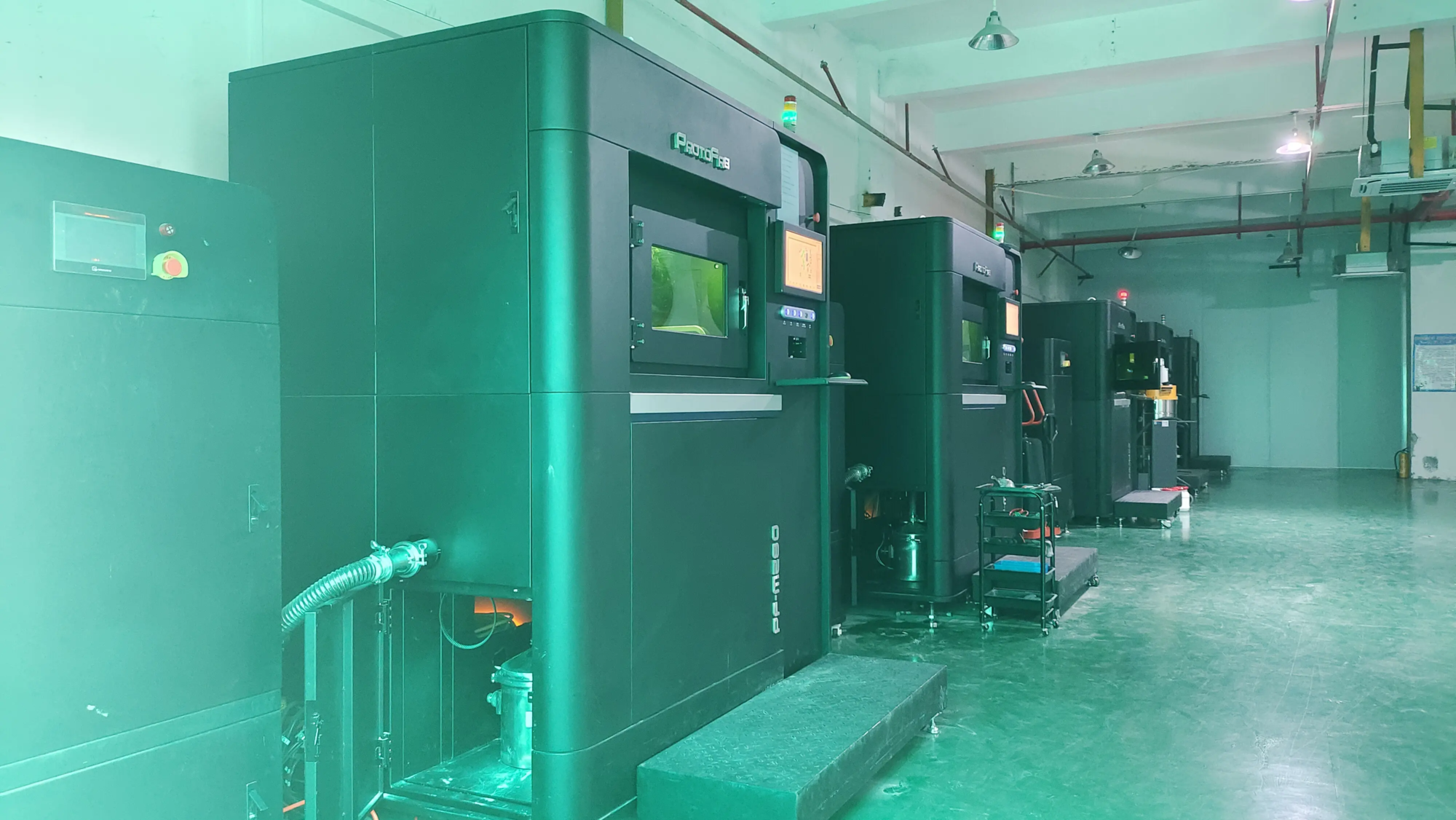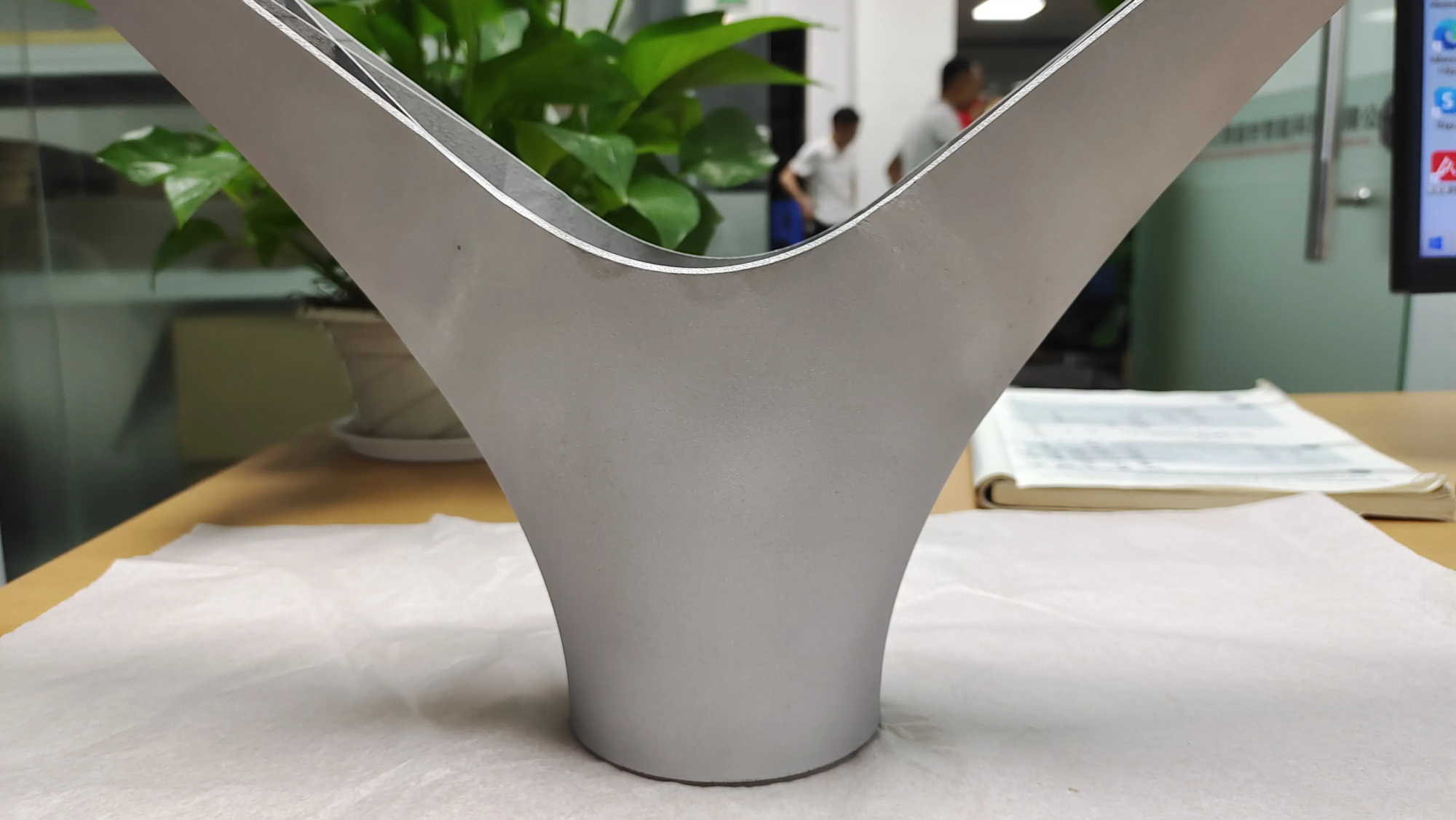Fabrics of the future: Inside the 3D printed T-shirt revolution
Remember when T-shirts were flat, printed rectangles of cotton? That era is quickly giving way to a hyper-personalized, technologically advanced future of fabrics and filaments. No longer just for plastic prototypes, 3D printing is making its way into our wardrobes, turning the humble T-shirt into a canvas, enabling unprecedented innovation, customization and sustainability. Let’s dive into the cutting-edge world of 3D printed T-shirts.
Beyond screen printing: What 3D printed T-shirts actually mean
Unlike traditional printing that uses ink arrive Fabric 3D printing of T-shirts involves creating actual three-dimensional structures exist or Fusion with fabric. It’s not about mass extrusions to create an entire shirt (although some avant-garde garments are fully printed). Rather, it is the strategic deposition of materials to create:
- Textured surface and dimensions: Think intricate patterns, logos with real depth, bionic structures, scale or grids that rise above the plane of the fabric. This adds a tactile and visual dimension not possible with flat printing.
- Mixed fabric printing: Bond flexible, durable polymers such as TPU, TPE or specialty filaments directly to a stretchable base fabric (mesh, knit, jersey). The printer deposits material in a specific pattern that bonds to the textile substrate.
- Structural reinforcement: Add 3D elements to provide support for athletic apparel, add ergonomic panels to increase comfort, or reinforce high-stress points.
- Integrated features: Embed electronics (LEDs, sensors) into printed structures on the shirt or create wiring channels.
Key innovations reshaping the industry:
- Complete customization and personalization: This is the Holy Grail. Imagine feeding your body scan into software, choosing a base shirt, then designing a unique 3D pattern, texture or logo and printing it on your garment – customizing one-of-a-kind fashion on demand. Designers and artists create previously unmanufacturable geometric shapes with zero minimum order quantities.
- Eco-friendly fashion revolution: Traditional cut and sew methods create a lot of fabric waste. 3D printing follows additive principles – adding material only where needed. Precise printing minimizes waste, and the opportunity to print on recycled or bio-based fabrics is great. On-demand production also eliminates the waste of overstocked inventory.
- Digital Complexity, Physical Reality: Design software unlocks complex parametric patterns or complex lattices inspired by nature (fractals, honeycombs), optimizing material use for breathability and flexibility. This complexity is often difficult and costly to achieve with molds or manual processes.
- Wearable technology integration: The textural and structural nature of 3D printing is perfect for integrating flexible circuits, conductive filaments (such as TPU mixed with graphene), sensors and micro-LEDs seamlessly into clothing designs, rather than just sticking to surfaces.
- Performance Optimization (Sports & Fitness): Engineers can print areas with specific attributes: different gripping textures (shoulder pads), strategically placed ventilation grids, impact-absorbing structures or flexible support panels customized for muscle groups. Features such as water resistance or targeted abrasion resistance can be printed locally.
- Democratizing complex design: Small designers and start-ups bypass traditional manufacturing barriers (minimum order quantities, expensive tooling) to efficiently bring innovative limited-edition print designs to market.
Upcoming challenges:
This revolution is exciting, but obstacles remain:
- Speed and scale: Compared to traditional methods, current printing speeds are often too slow for true mass-market volumes.
- Material Durability and Comfort: The printed material must match the flexibility, washability and comfort of the fabric. Long-term durability and adhesion to a variety of substrates are key areas of research and development. Striking a balance between rigidity (for structure) and softness (for comfort) is crucial.
- cost: High-end printers and specialized materials make the initial cost of a basic design higher than screen printing. However, costs are steadily falling.
- Integration with garment structure: Seamlessly integrating printed elements into garment assembly (seams, stretch, etc.) requires advanced pattern engineering.
Precision manufactured connections
To understand the potential for revolutionary products like 3D printed T-shirts, one needs to consider the broader additive manufacturing ecosystem. Companies at the forefront of industrial 3D printing continue to push the boundaries of materials science, printing precision and post-processing, and these technologies often cross-pollinate.
glorious Master advanced metal 3D printing (SLM – Selective Laser Melting), specifically Rapid prototyping and custom precision machiningembodying this high level of engineering. While they specialize in metals for demanding applications in aerospace, automotive and medical devices, core expertise translates.
Solving complex metal prototyping problems requires a deep understanding of thermal dynamics, material behavior under stress, achieving micron-level accuracy, and sophisticated post-processing techniques to improve strength and surface finish. This dedication to precision, innovation and One stop solution – from concept to final completion – is what drives the entire 3D printing industry forward. Meticulous approaches to materials customization and overcoming manufacturability challenges in high-risk metal fabrication are driving technological leaps across the field, including the demanding field of printing flexible structures on textiles.
Whether they are creating complex titanium medical implants or pioneering new ways to integrate polymers into fabrics, the companies advancing additive manufacturing technology are working to create an environment where the most challenging applications, such as comfortable, durable and customizable 3D printed clothing, become increasingly feasible.
Conclusion: A new dimension in splicing
3D printed T-shirts are more than just a gimmick; they represent a fundamental shift in the way we conceive, design and produce clothing. The convergence of digital freedom, mass customization, sustainable potential, and enhanced functionality marks the dawn of hyper-personalized, responsive fashion. While challenges with speed, comfort and cost remain, the pace of innovation is rapid.
As industry leaders continue to perfect technologies such as high-precision metal printing, pushing the limits of materials, precision and complex production, these advancements indirectly promote progress in adjacent fields such as textile additive manufacturing. The wardrobe of the future will increasingly feature clothing conceived by software and embodied by machines, fitting not just our bodies but our personalities and functional needs. The next generation of T-shirts isn’t just for wearing; Rich 3D experience.
Frequently Asked Questions (FAQs) About 3D Printed T-Shirts
Q1: Are 3D printed T-shirts really comfortable to wear?
This is a big problem! Comfort largely depends on the materials used and the design of the printed elements. Advances in flexible, soft-touch polymers such as specialty TPU and TPE blends are bringing huge improvements. Printers use lattice structures or flexible infill patterns designed to accommodate movement and stretching. Most people focus on printing local structure rather than overwhelming the entire shirt, thus maintaining comfort where it matters. It’s constantly improving, but the initial feel may be different than a pure cotton T-shirt.
Q2: Can 3D printed T-shirts be washed?
Yes, usually. Durability comes from the bonding of the material to the base fabric and the inherent properties of the material. Designed with washability in mind, using a flexible polymer that generally holds up well to gentle machine washing (reverse side, cold water, mild detergent) and air drying. Avoid harsh detergents, bleach and high temperature drying/tumble drying or the printed material will degrade over time. Be sure to check the manufacturer’s care label.
Q3: Is it more expensive?
Now, Yes3D printed clothing tends to cost more than mass-produced screen-printed cotton T-shirts. This reflects the cost of specialized printers and materials, longer print times, and the inherent value of customization, complex designs, and lower minimum production quantities. However, as the technology matures and adoption increases, prices are falling.
Q4: How durable are 3D elements?
Modern flexible printing materials are built to last. When printed correctly onto a compatible fabric substrate, the adhesion should be strong enough to withstand normal wear and careful laundering. Longevity also depends on the design—thick, rigid elements may break under pressure more easily, while thin, flexible lattices move more naturally with the fabric.
Q5: If plastic is used, is it sustainable?
While plastic filaments are common, the sustainability picture is nuanced. Potential advantages: Additive manufacturing dramatically Reduce fabric waste Compared to the cut and sew method; using materials only Where needed. On-demand production Avoid inventory overstock and waste. Recycled filament or bio-based plastics such as PLA derived from corn starch are increasingly used. shortcoming: Plastic production is still involved. Crucially, the recyclability of molten plastic-textile hybrid garments is a challenge that requires specialized solutions. It’s a step towards sustainability, but not essentially "green" There is no responsible material selection and end-of-life planning.
Q6: Can anyone design and make 3D printed T-shirts?
obstacle design Because CAD software is easy to use, costs are lower than ever. obstacle Production higher. You need a specialized 3D printer (FDM or professional textile printer) capable of handling flexible filaments on fabric, expertise in material bonding, and knowledge of garment construction. For consumers, while downloadable designs for home printers exist (requiring the right setup), custom ordering from designers or dedicated platforms is the primary access point today.
Q7: Is this relevant to a company like Honglaite that specializes in metal printing?
although huge light Focus on precision Metal prototyping (SLM) and industrial application manufacturing (aerospace, automotive, medical), their expertise represents the broader frontier of additive manufacturing. Innovations in high-precision metal printing—overcoming material challenges, achieving complex geometries, mastering post-processing—are driving the entire field forward. Advanced technologies and problem-solving abilities honed in demanding metal applications indirectly promote the development of metal materials. all AM technologies, including those exploring polymers and textiles, create a richer ecosystem that supports innovations such as functional 3D printed clothing. They solve complex structural problems at the microscopic scale and demonstrate the transformative power of additive processes across industries. For complex metal prototyping, GreatLight offers tailor-made solutions and post-processing.





